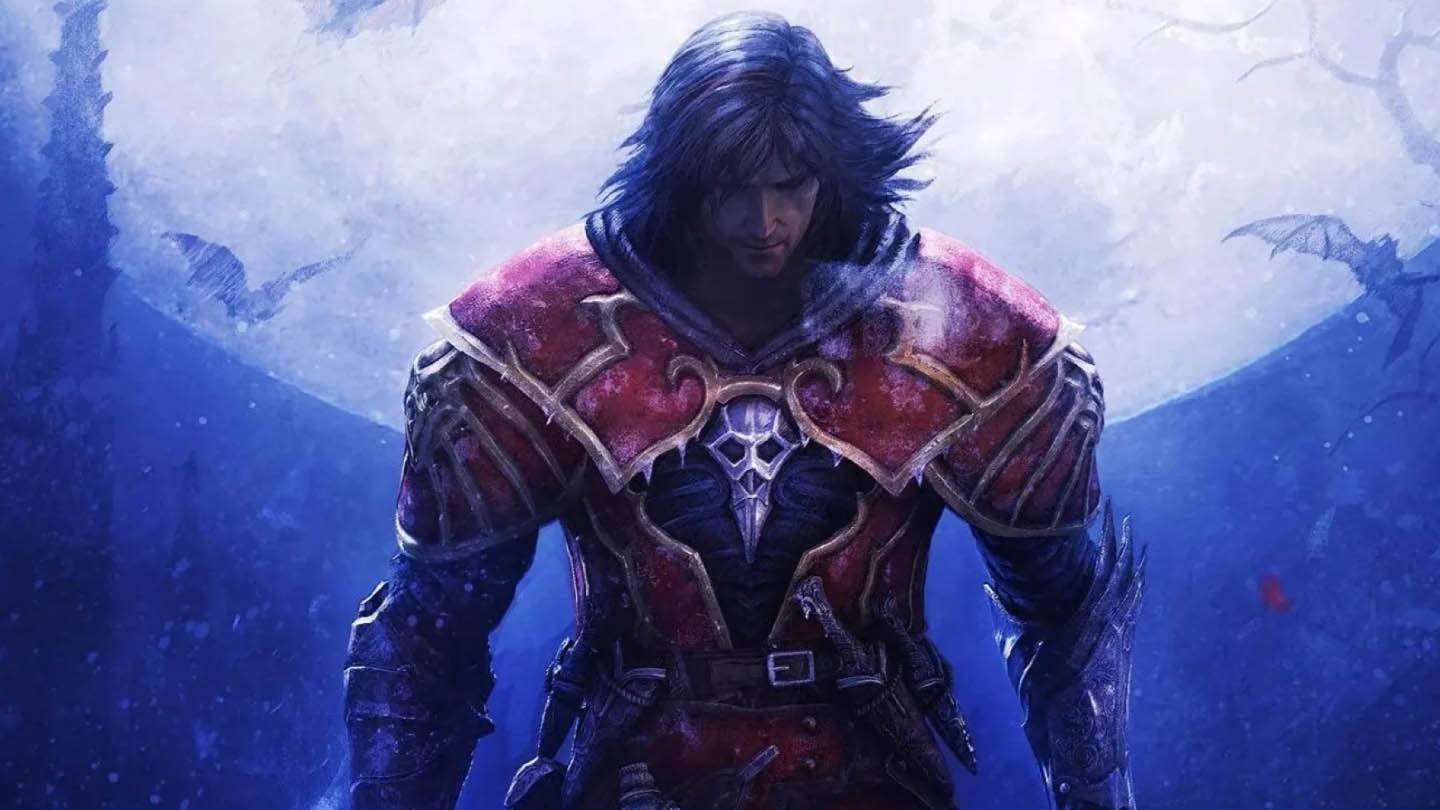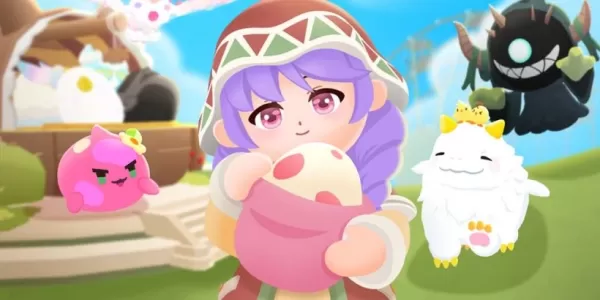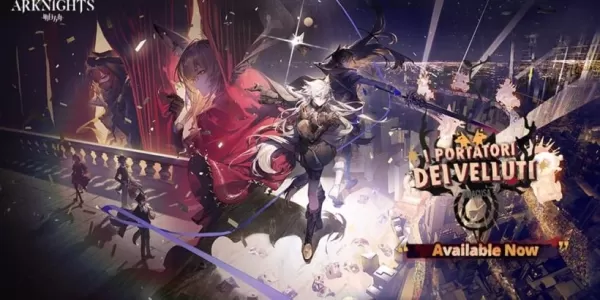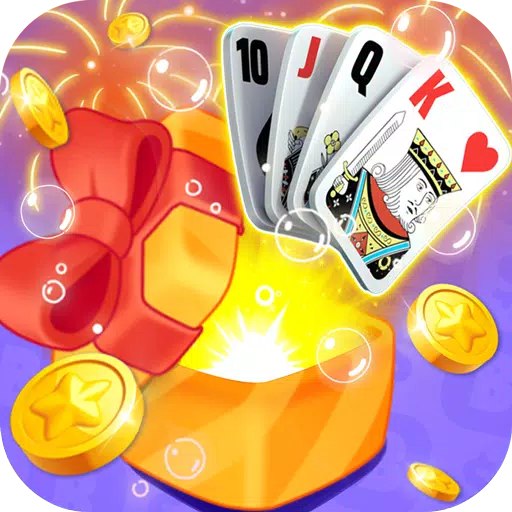Just as Cinderella's dream was poised to end at midnight, The Walt Disney Company found itself on the brink of financial ruin in 1947, burdened by a $4 million debt from the underwhelming performances of Pinocchio, Fantasia, and Bambi amidst World War II and other challenges. Yet, much like the fairy tale princess, Disney was saved from an untimely end to its animation legacy by the beloved Cinderella and her iconic glass slippers.
As Cinderella celebrates its 75th anniversary of its wide release on March 4, we've engaged with Disney insiders who continue to draw inspiration from this timeless rags-to-riches story. This narrative not only reflects Walt Disney's own journey but also provided a beacon of hope for the company and a world in need of inspiration during its post-war recovery.
The Right Film at the Right Time --------------------------------To appreciate the context, we must revisit Disney's own fairy godmother moment in 1937 with Snow White and the Seven Dwarfs. The film's unprecedented success, which held the title of the highest-grossing film until Gone with the Wind surpassed it in 1939, enabled Disney to establish its Burbank studio, where it remains headquartered today. This success paved the way for more feature-length animated films.
However, Disney's subsequent venture, 1940's Pinocchio, despite its $2.6 million budget and critical acclaim—including Academy Awards for Best Original Score and Best Original Song—resulted in a $1 million loss. This was not an isolated incident; Fantasia and Bambi also underperformed, exacerbating the company's financial woes. The primary reason was the outbreak of World War II, following Germany's invasion of Poland in September 1939, which disrupted Disney's European markets.
“Disney's European markets dried up during the war, and the films weren’t being shown there, so releases like Pinocchio and Bambi did not do well,” explained Eric Goldberg, co-director of Pocahontas and lead animator on Aladdin’s Genie. “The studio was then enlisted by the U.S. government to produce training and propaganda films. Throughout the 1940s, Disney shifted to creating 'Package Films' like Make Mine Music, Fun and Fancy Free, and Melody Time. These were excellent projects, but lacked a cohesive narrative from start to finish.”
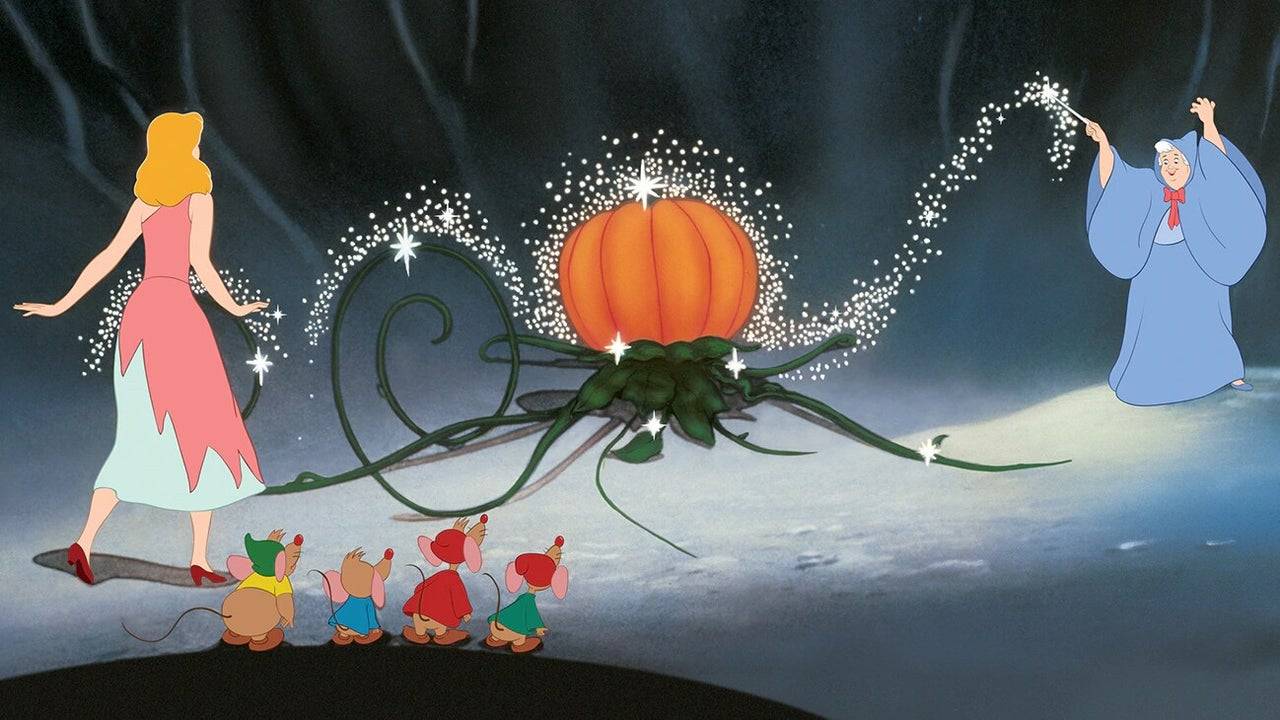 For those unfamiliar, Package Films were compilations of short cartoons assembled into feature-length films. Disney produced six of these between 1942's Bambi and 1950's Cinderella, including Saludos Amigos and The Three Caballeros, which supported the U.S.' Good Neighbor Policy aimed at countering Nazism in South America. While these films covered their costs and reduced the studio's debt from $4.2 million to $3 million by 1947, they also delayed the production of true animated feature-length stories.
For those unfamiliar, Package Films were compilations of short cartoons assembled into feature-length films. Disney produced six of these between 1942's Bambi and 1950's Cinderella, including Saludos Amigos and The Three Caballeros, which supported the U.S.' Good Neighbor Policy aimed at countering Nazism in South America. While these films covered their costs and reduced the studio's debt from $4.2 million to $3 million by 1947, they also delayed the production of true animated feature-length stories.
“I wanted to get back into the feature field,” Walt Disney stated in 1956, as quoted in The Animated Man: A Life of Walt Disney by Michael Barrier. “But it was a matter of investment and time. To create a good cartoon feature takes a lot of time and money. My brother [Disney CEO Roy O. Disney] and I had a heated argument... It was one of my big upsets... I said we’re going to either go forward, get back in business, or liquidate or sell out.”
Facing the possibility of selling his shares and leaving the company, Walt, along with his brother, opted for the riskier route, placing all their hopes on their first major animated feature since Bambi. If this gamble failed, it could have marked the end of Disney's animation studio.
"I think the world needed the idea that we can come out from the ashes and have something beautiful happen."“At this time, Alice in Wonderland, Peter Pan, and Cinderella were in various stages of development, but Cinderella was chosen first due to its similarities to the successful Snow White. However, Walt believed this story could offer more than just entertainment.
“Walt was adept at capturing the spirit of the times, and I think he recognized that post-war America needed hope and joy,” said Tori Cranner, Art Collections Manager at Walt Disney Animation Research Library. “While Pinocchio is a beautiful and amazing movie, it's not as joyful as Cinderella. The world needed the message that we could rise from the ashes and witness something beautiful. Cinderella was the perfect film for that moment.”
Cinderella and Disney’s Rags to Riches Tale
Walt’s fascination with Cinderella dates back to 1922 when he produced a Cinderella short at Laugh-O-Gram Studios, which he founded two years before starting Disney with Roy. The short and the eventual feature film were inspired by Charles Perrault’s 1697 version of the tale, which may trace its origins to between 7 BC and AD 23 by the Greek geographer Strabo. It's a classic narrative of good versus evil, true love, and dreams coming true, which deeply resonated with Walt.
Despite the early Laugh-O-Gram productions not being financially successful, leading to the company's bankruptcy, they highlighted Cinderella's significance to Walt as a rags-to-riches story fueled by dreams and determination.
 “Snow White was a kind and simple little girl who believed in wishing and waiting for her Prince Charming to come along,” Walt Disney explained, as seen in footage from Disney’s Cinderella: The Making of a Masterpiece special DVD feature. “Cinderella, on the other hand, was more practical. She believed in dreams but also took action to realize them. When Prince Charming didn’t come to her, she went to the palace to find him.”
“Snow White was a kind and simple little girl who believed in wishing and waiting for her Prince Charming to come along,” Walt Disney explained, as seen in footage from Disney’s Cinderella: The Making of a Masterpiece special DVD feature. “Cinderella, on the other hand, was more practical. She believed in dreams but also took action to realize them. When Prince Charming didn’t come to her, she went to the palace to find him.”
Cinderella's resilience and determination, despite the mistreatment by her Evil Stepmother and Stepsisters, mirrored Walt's own journey from humble beginnings, marked by numerous failures but driven by an unwavering dream and work ethic.
Walt's connection to the story persisted through Disney's early years, leading him to revisit it in 1933 as a Silly Symphony short. However, the project's scope expanded, culminating in the decision in 1938 to develop it into a feature film. It took over a decade to bring to the screen due to the war and other challenges, allowing the film to evolve into the beloved classic we cherish today.
Cinderella's success can be attributed to Disney's ability to adapt timeless tales into stories with universal appeal.
“Disney excelled at transforming these age-old fairytales by infusing them with his unique taste, entertainment sense, heart, and passion,” Goldberg noted. “This made the characters and stories more relatable and enjoyable for all audiences, modernizing them and ensuring their enduring relevance. The original tales were often grim cautionary stories, but Disney made them universally palatable.”
"She believed in dreams all right, but she also believed in doing something about them."“Disney achieved this with Cinderella through the inclusion of her animal friends, such as Jaq, Gus, and the delightful birds, who provided comic relief amidst her hardships. These characters allowed Cinderella to express her true self and deepened our connection to her. They were also instrumental in helping her create her iconic dress.
The Fairy Godmother, unlike in Perrault’s story, was reimagined as a more relatable, bumbling grandmother figure, thanks to animator Milt Kahl's suggestion. This portrayal made her more endearing and relatable, culminating in one of Disney's most iconic scenes: Cinderella's transformation.
This transformation scene, often cited as Walt's favorite, showcases the seamless artistry of Disney Legends Marc Davis and George Rowley. The meticulous hand-drawn and hand-painted sparkles and the brief, magical pause before Cinderella's dress changes are testament to the scene's enchantment.
Thanks so much for all your questions about Cinderella! Before we sign off, enjoy this pencil test footage of original animation drawings of the transformation scene, animated by Marc Davis and George Rowley. Thanks for joining us! #AskDisneyAnimation pic.twitter.com/2LquCBHX6F
— Disney Animation (@DisneyAnimation) February 15, 2020
“Every single sparkle was hand-drawn and hand-painted, which is mind-blowing,” Cranner remarked with enthusiasm. “But what makes it magical is that moment of stillness before the transformation completes. It's like holding your breath for a second, and then the magic happens.”
The addition of the glass slipper breaking at the film's end, a Disney innovation, underscores Cinderella's agency and strength, emphasizing that she is the hero of her own story.
“I think something that often goes unnoticed is that Cinderella is not just a passive character,” Goldberg emphasized. “She has a personality and strength. When the stepmother causes the glass slipper to break, Cinderella cleverly presents the other one she had kept, showcasing her control and resilience.”
Cinderella's self-advocacy throughout the story is inspiring and highlights the power of standing up for oneself. These elements contributed to the film's global appeal and its critical and commercial success.
Cinderella premiered in Boston on February 15, 1950, and had its wide release on March 4 of that year. It became an instant hit, grossing $7 million on a $2.2 million budget, making it the sixth-highest grossing film of 1950 and earning three Academy Award nominations.
“When Cinderella was released, critics hailed it as a return to form for Walt Disney,” Goldberg said. “It was a massive success because it brought back the narrative-driven features that Disney was known for, and audiences loved it. The studio regained its confidence and went on to create classics like Peter Pan, Lady and the Tramp, Sleeping Beauty, 101 Dalmatians, The Jungle Book, and more, all thanks to Cinderella.”
75 Years Later, Cinderella’s Magic Lives On
Seventy-five years later, Cinderella's influence and legacy continue to grow within Disney and beyond. Her iconic castle graces Main Street, U.S.A. at Walt Disney World and Tokyo Disneyland, and her story inspires the castle featured in Disney's movie introductions.
Cinderella's impact is also evident in modern Disney classics, such as the dress transformation scene in Frozen, animated by Becky Bresee and effects artist Dan Lund.
“When we worked on Elsa’s dress transformation in Frozen, we wanted to connect it directly to Cinderella,” Bresee explained. “You can see Cinderella's legacy in the sparkles and effects around Elsa’s dress. Though Elsa is a different character, we honor the impact of Cinderella and other classic Disney films through these connections.”
 There are countless other stories and individuals deserving recognition for their contributions to Cinderella, including the Nine Old Men who brought life to the characters and Mary Blair whose artwork gave the film its distinctive style. As we conclude this retrospective, Eric Goldberg's words encapsulate why Cinderella was the perfect film and princess at the right moment to save Disney.
There are countless other stories and individuals deserving recognition for their contributions to Cinderella, including the Nine Old Men who brought life to the characters and Mary Blair whose artwork gave the film its distinctive style. As we conclude this retrospective, Eric Goldberg's words encapsulate why Cinderella was the perfect film and princess at the right moment to save Disney.
“I think the big thing about Cinderella is hope,” Goldberg concluded. “It gives people hope that perseverance and strength can lead to positive outcomes. Its biggest message is that hope can be realized, and dreams can come true, no matter the era.”

